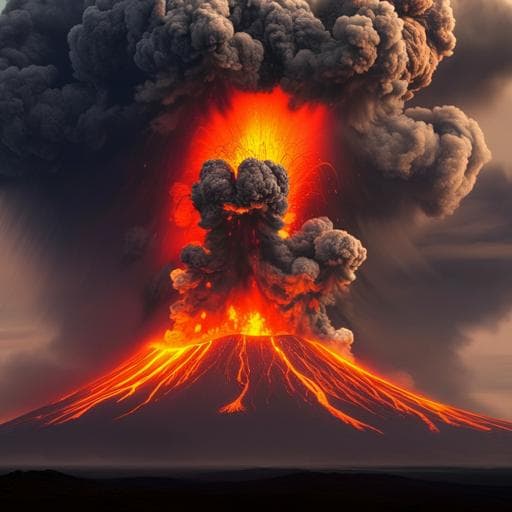
Earth Sciences
Eruption plumes extended more than 30 km in altitude in both phases of the Millennium eruption of Paektu (Changbaishan) volcano
A. Costa, L. Mingari, et al.
The study conducted by Antonio Costa, Leonardo Mingari, Victoria C. Smith, Giovanni Macedonio, Danielle McLean, Arnau Folch, Jeonghyun Lee, and Sung-Hyo Yun reveals fascinating insights into the Millennium Eruption of Paektu volcano. This research employs an innovative ensemble-based method to unravel the complex dynamics of the eruption, which produced vast tephra deposits and towering plumes, and quantified magmatic volumes that will intrigue the scientific community and beyond.
~3 min • Beginner • English
Related Publications
Explore these studies to deepen your understanding of the subject.







